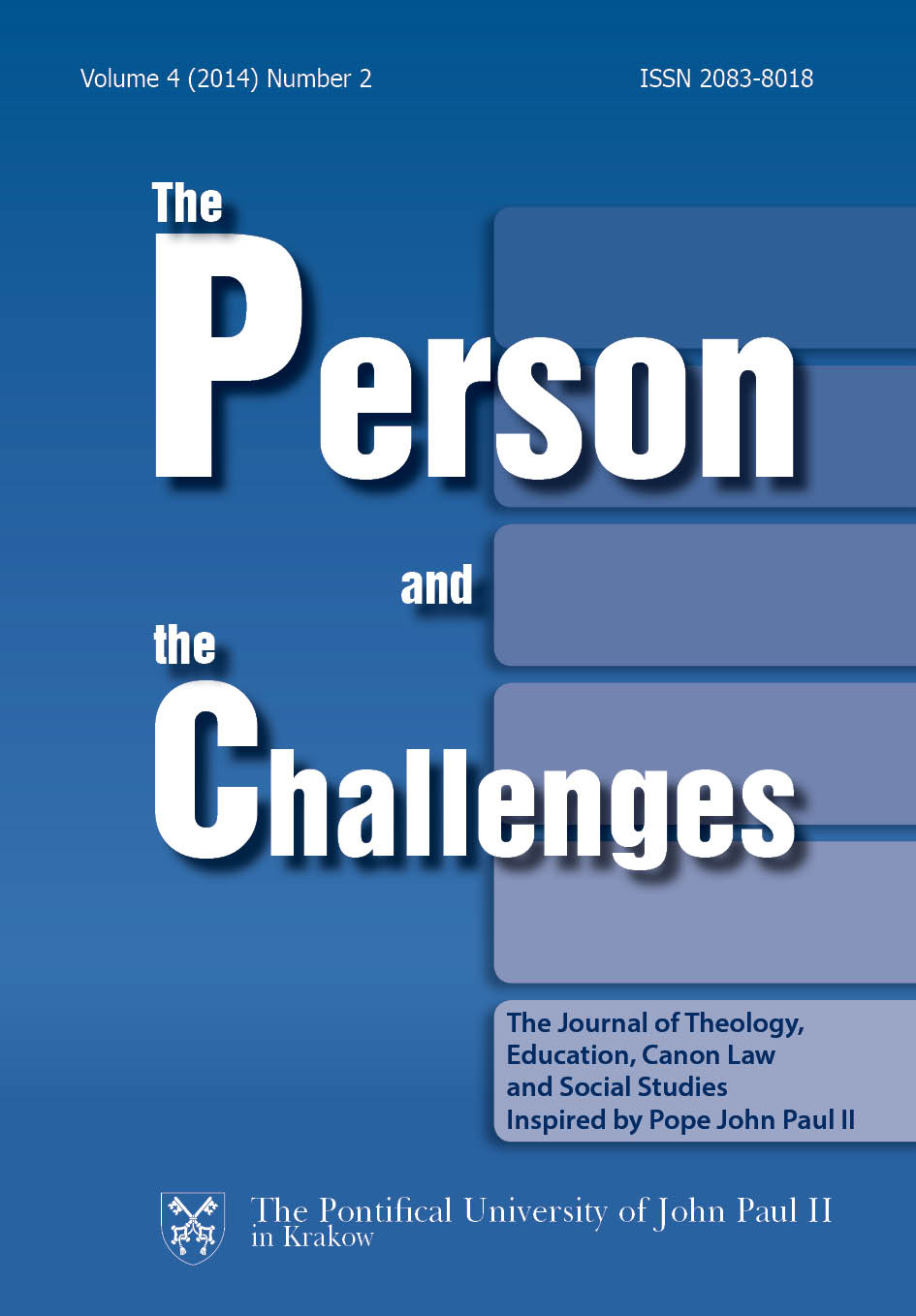A Semiotic Interpretation of Pope John Paul II’s Pilgrimage to Israel on 21–26 March 2000
DOI:
https://doi.org/10.15633/pch.661Słowa kluczowe:
John Paul II, Jubilee Year 2000, Judaism, Islam, dialogue of religions, semiotics of religionAbstrakt
Contemporary social discourse utilizes scientific criteria to analyze events, texts and people’s behaviour from the point of view of their power and impact on historical transformations. Printed and audio-visual materialregarding John Paul II’s pilgrimage to the Middle East in the Great Jubilee of the Year 2000 were published and made public during his visit and shortly afterwards. In retrospect, this event allows for a well-balanced semiotic analysis focusing on the intentional selection of places visited by the Holy Father, his rhetoric used both in official and private speeches, the symbolism of his gestures and overall behaviour, especially in their religious and cultural context, as well as on the presence of signs and symbols in the whole conception of the pilgrimage project. This paper attempts to synthesize these elements which result from an earlier interdisciplinary analysis, taking into consideration the different perspectives be it historical, socio-religious (referring to three monotheist religions: Judaism, Christianity and Islam), rhetorical and aesthetic. In this case, semiotics provides a framework to analyze and justify the contribution of the mentioned pilgrimage in a broad context of a redeeming Church in the early 21st century.
Pobrania
Opublikowane
Numer
Dział
Licencja
Prawa autorskie (c) 2015 Karol Klauza

Utwór dostępny jest na licencji Creative Commons Uznanie autorstwa 4.0 Międzynarodowe.
Autorzy publikujący w czasopiśmie udzielają jego wydawcy zgody o następującej treści:
- Autor zachowuje autorskie prawa majątkowe do utworu, a jednocześnie udziela wydawcy czasopisma zgody na jego pierwszą publikację w wersji drukowanej i wersji online na licencji Creative Commons Uznanie autorstwa 4.0 Międzynarodowe oraz zgody na wykonywanie opracowań, w tym przekładów.
- Autor ma możliwość udzielania zgody niewyłącznej na opublikowanie utworu w wersji, która ukazała się w czasopiśmie (np. zamieszczenia go w repozytorium instytucjonalnym lub opublikowania w książce), wraz z informacją o jego pierwszej publikacji w czasopiśmie.
- Autor może umieścić swój utwór online (np. w repozytorium instytucjonalnym lub na swojej stronie internetowej) jeszcze przed zgłoszeniem utworu do czasopisma.

